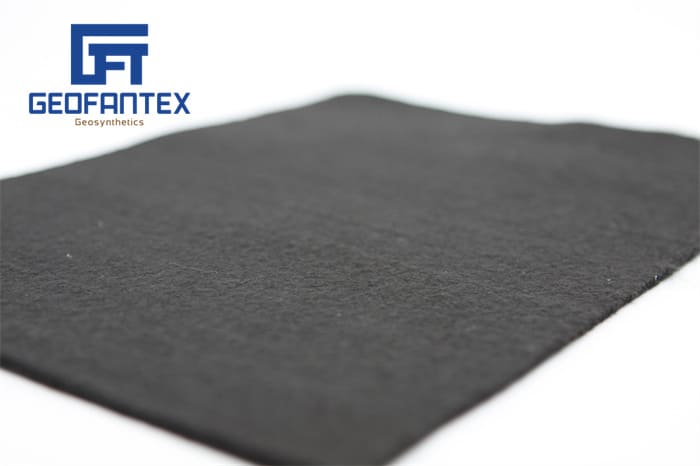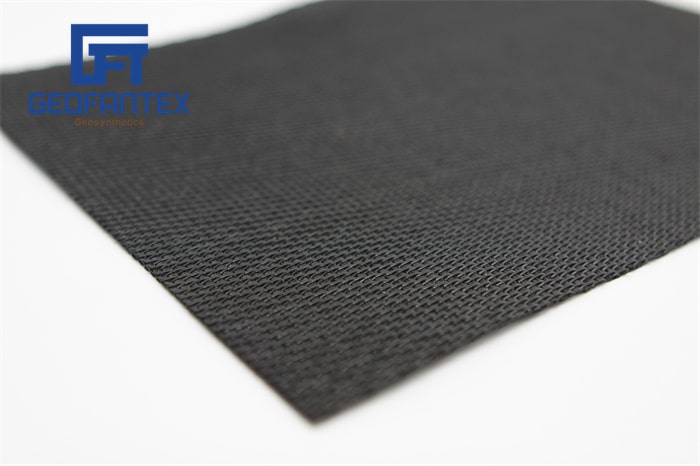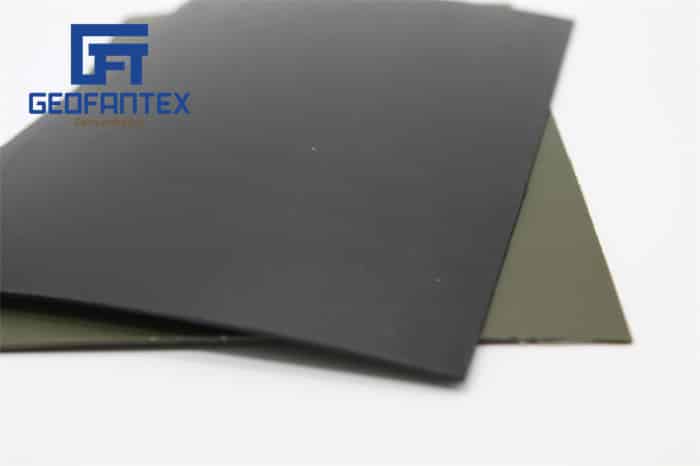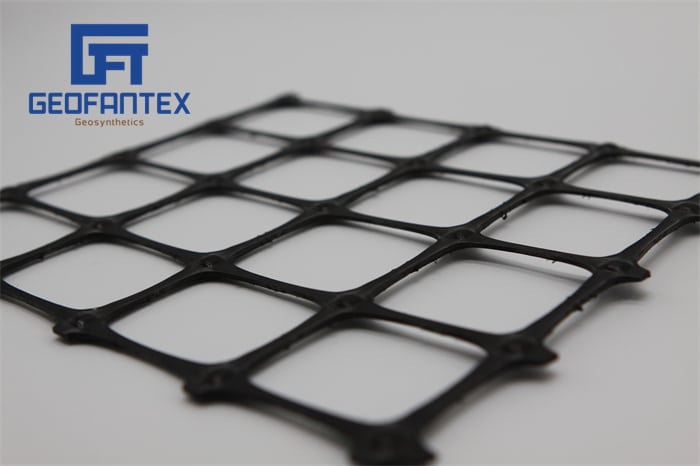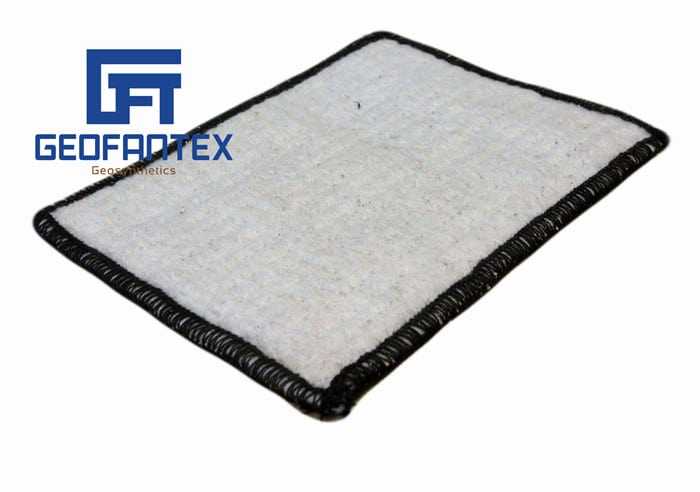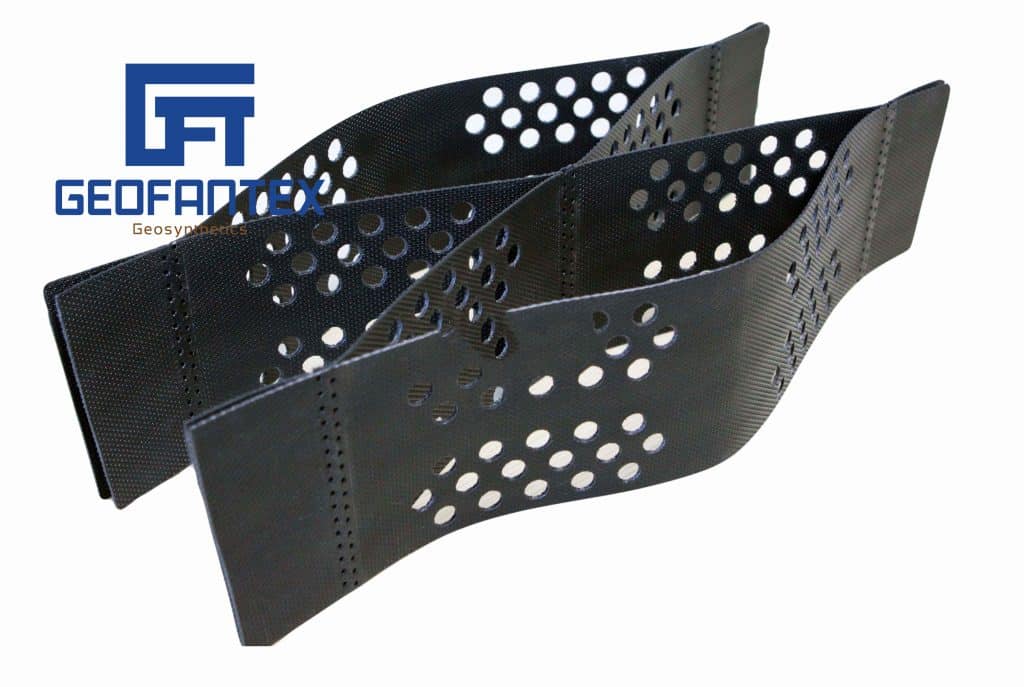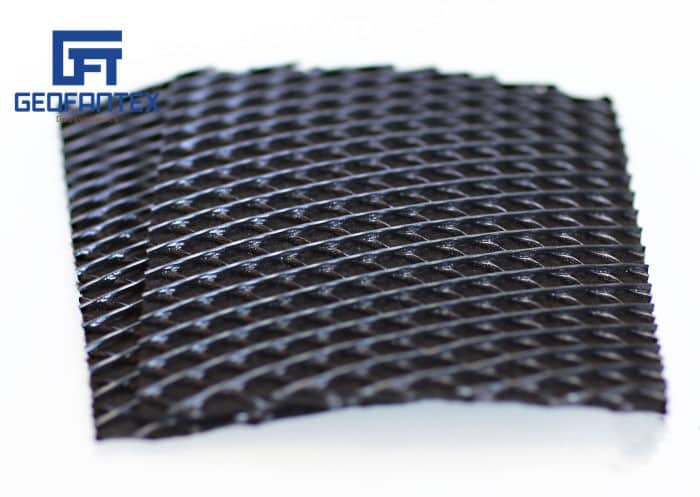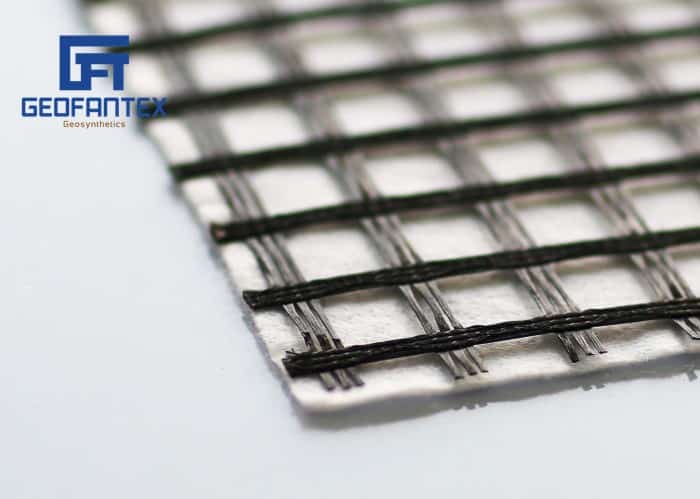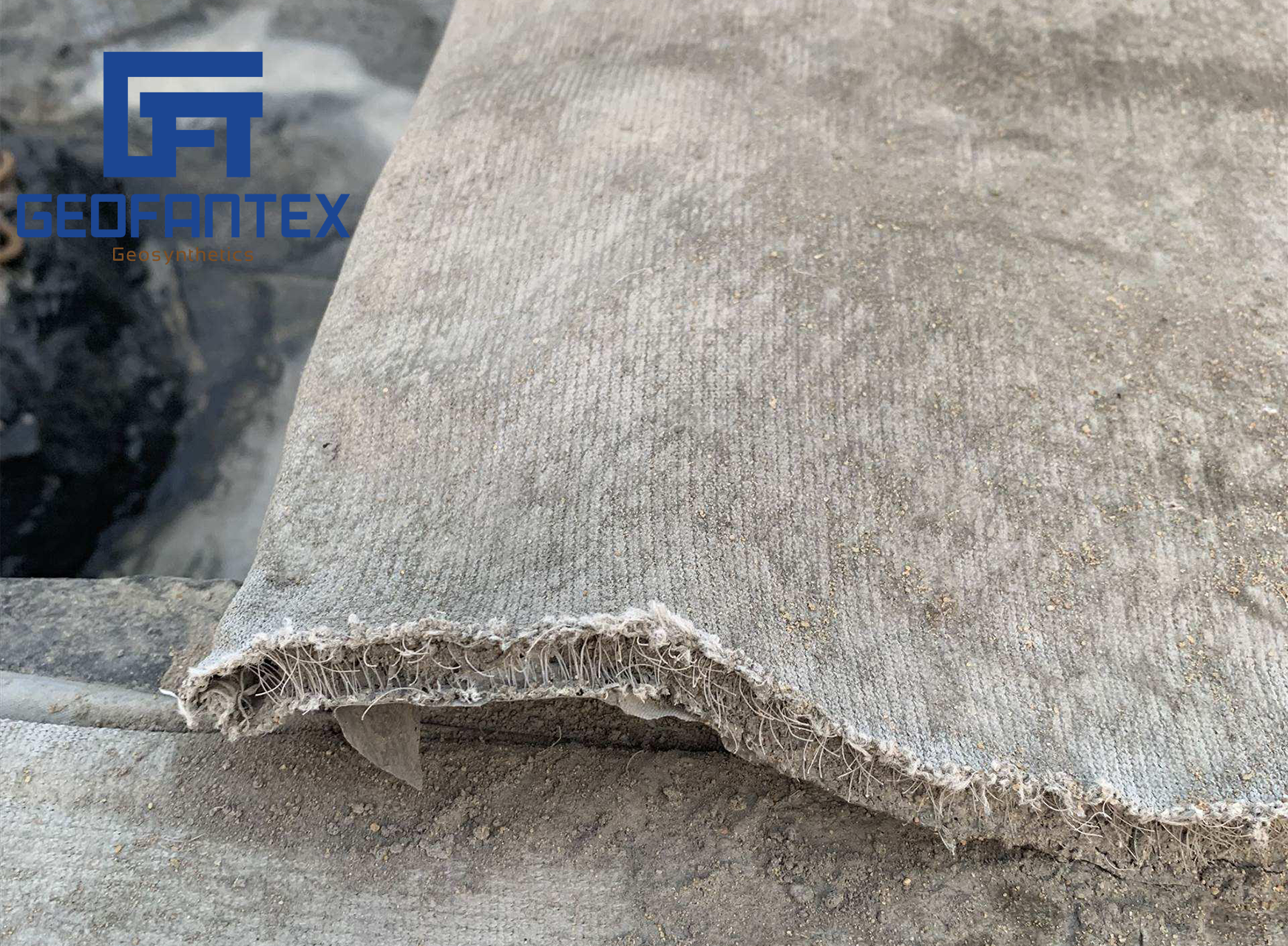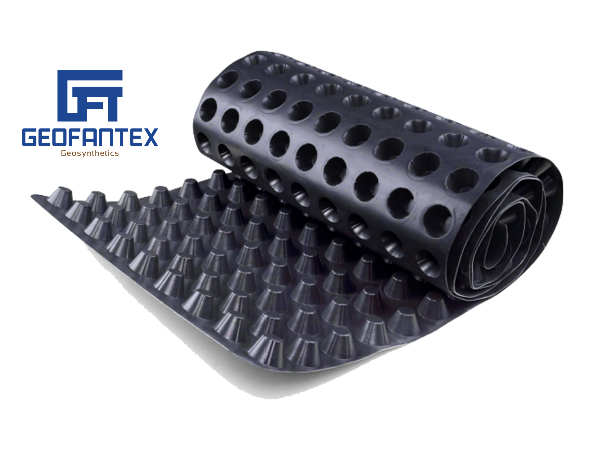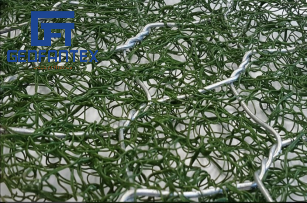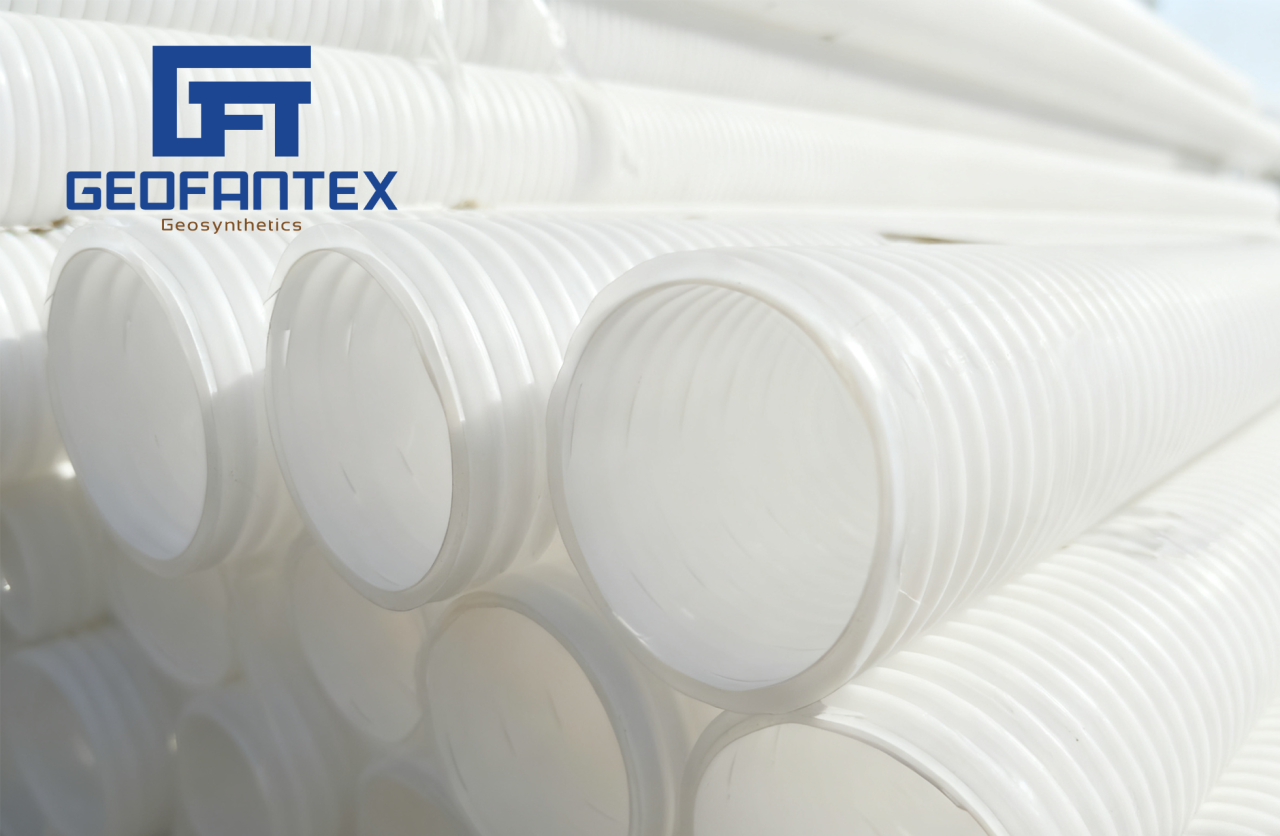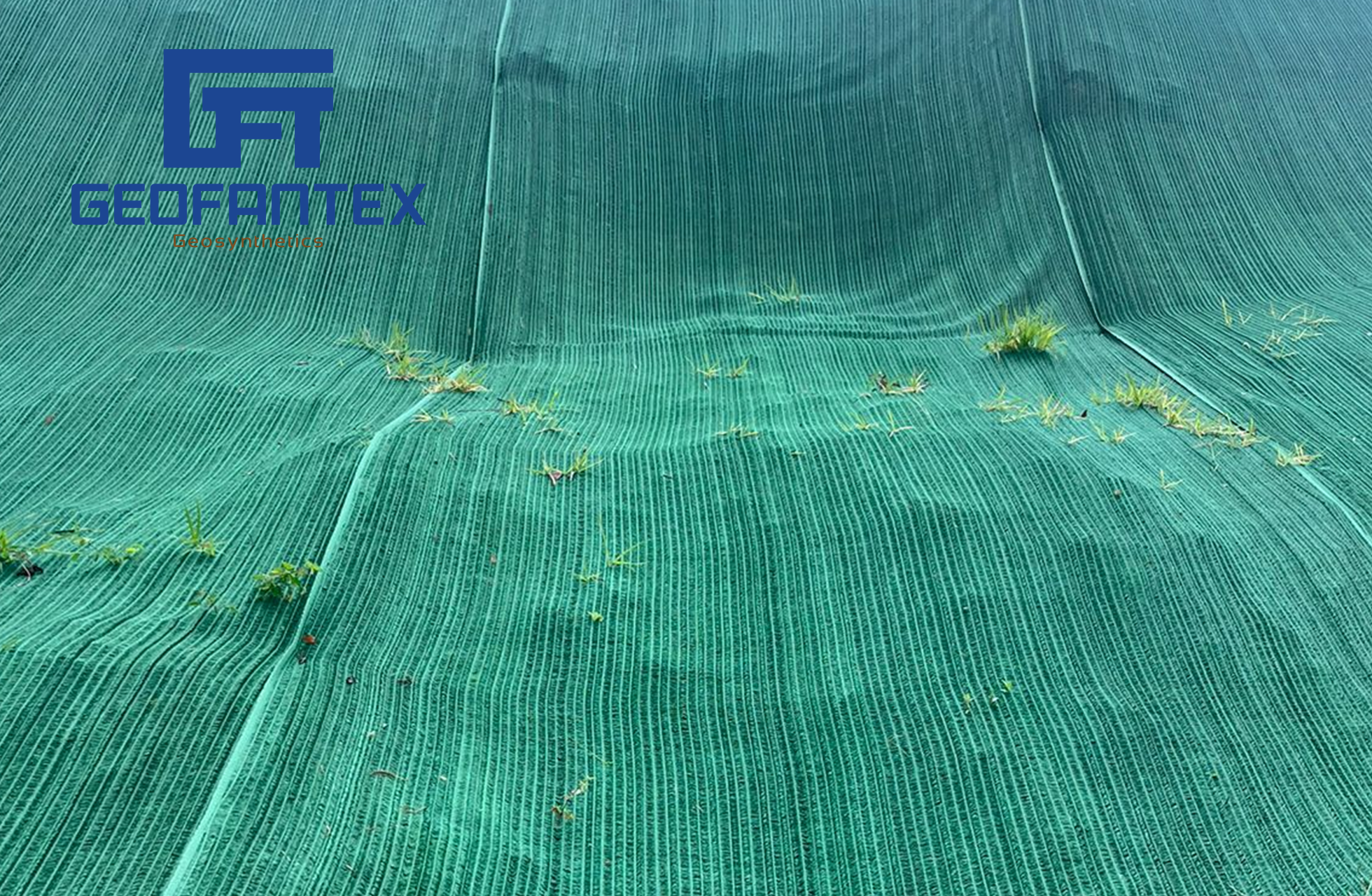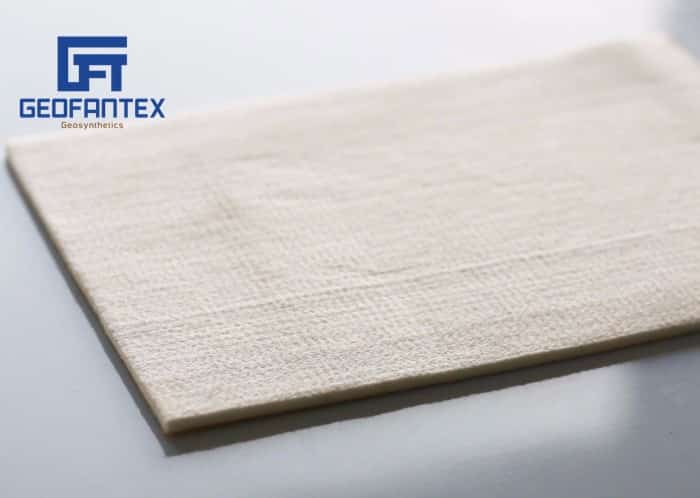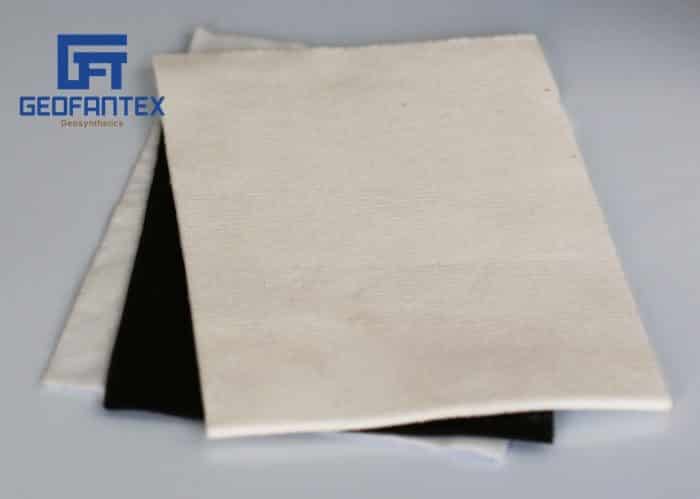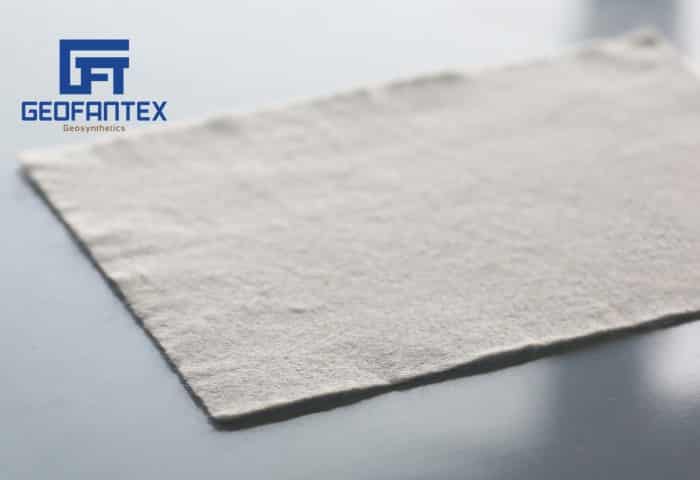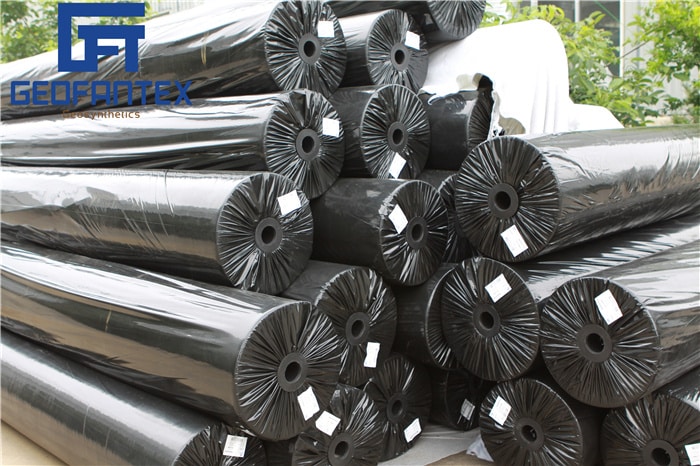+86-159 9860 6917
info@geofantex.com
geofantex@gmail.com
+86-400-8266163-44899
In the field of civil engineering, retaining wall for erosion control is a critical component of managing soil stability in areas prone to erosion, especially in regions with steep slopes or near bodies of water. The integration of geosynthetics in the construction of these retaining walls offers enhanced strength, stability, and long-term performance. This case analysis highlights real-life applications where geosynthetics have significantly improved erosion control efforts.
Coastal Erosion Mitigation with Geogrid-Enhanced Retaining Walls
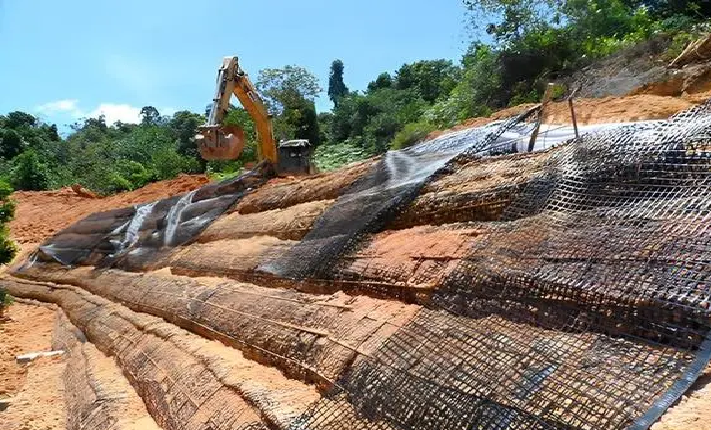
A well-known case of using geosynthetics for retaining wall for erosion control is the coastal protection project at the California coastline. Coastal erosion due to high tides and storms was eroding the land around several beach towns, threatening infrastructure and local ecosystems. To combat this, geogrid-reinforced retaining walls were constructed along the shore. The geogrid material, a type of geosynthetic, was used to reinforce the soil, providing additional tensile strength and ensuring the wall’s stability against the forces of erosion.
Highway Slope Stabilization in Tennessee
In Tennessee, a highway construction project required a solution to stabilize a steep slope that was regularly subjected to heavy rain, resulting in soil erosion. A retaining wall for erosion control was needed to prevent further land slippage and maintain the integrity of the highway. The solution involved using a combination of geotextiles and geogrids. Geotextile fabrics were used to filter out fine particles from water runoff, while geogrids were placed within the soil structure of the wall to provide reinforcement.
This project demonstrated how the combination of geosynthetics in retaining wall design can effectively manage both water flow and soil reinforcement, providing a durable solution to erosion problems. Over time, the wall has withstood numerous storm events, preventing damage to the highway and surrounding landscape.
Riverbank Protection in Michigan
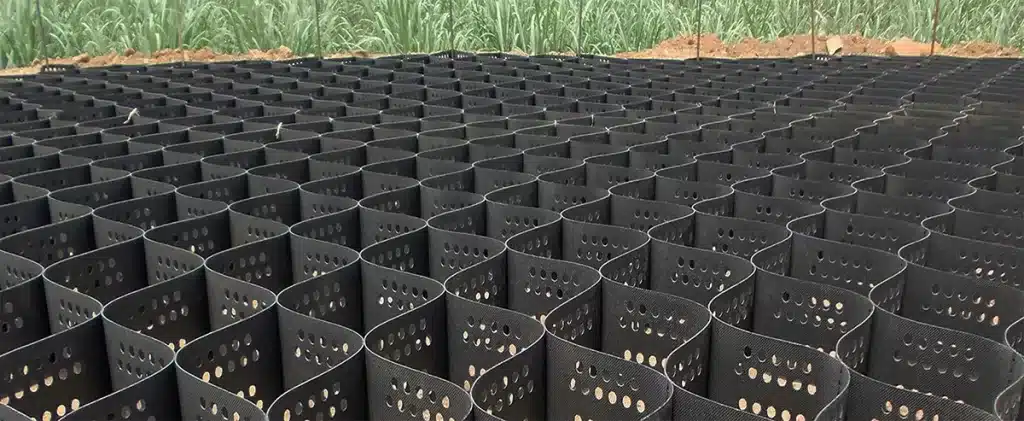
A riverbank in Michigan had been severely eroded due to fluctuating water levels and heavy rainfall. Local authorities opted for a retaining wall for erosion control using geosynthetic materials to prevent further damage and protect the surrounding infrastructure. In this case, a geocell system was used to create a strong, flexible barrier along the riverbank.
Geocells, made of three-dimensional cellular structures, were filled with soil to create a strong, stable surface that could resist the lateral forces exerted by water and shifting soil. The use of geocells in this application helped reduce the cost of construction while providing a highly effective solution to riverbank erosion. Additionally, the geocell walls supported plant growth, which further aided in stabilizing the soil and reducing erosion risks over time.
These case studies demonstrate how geosynthetics play a crucial role in enhancing the performance of retaining walls for erosion control. Whether through the use of geogrids for reinforcement, geotextiles for filtration, or geocells for flexibility and strength, these materials offer cost-effective, sustainable solutions for erosion control across various landscapes. As more projects turn to geosynthetics for their durability and environmental compatibility, the use of these materials in retaining wall applications will continue to grow, offering long-term protection against the forces of nature.
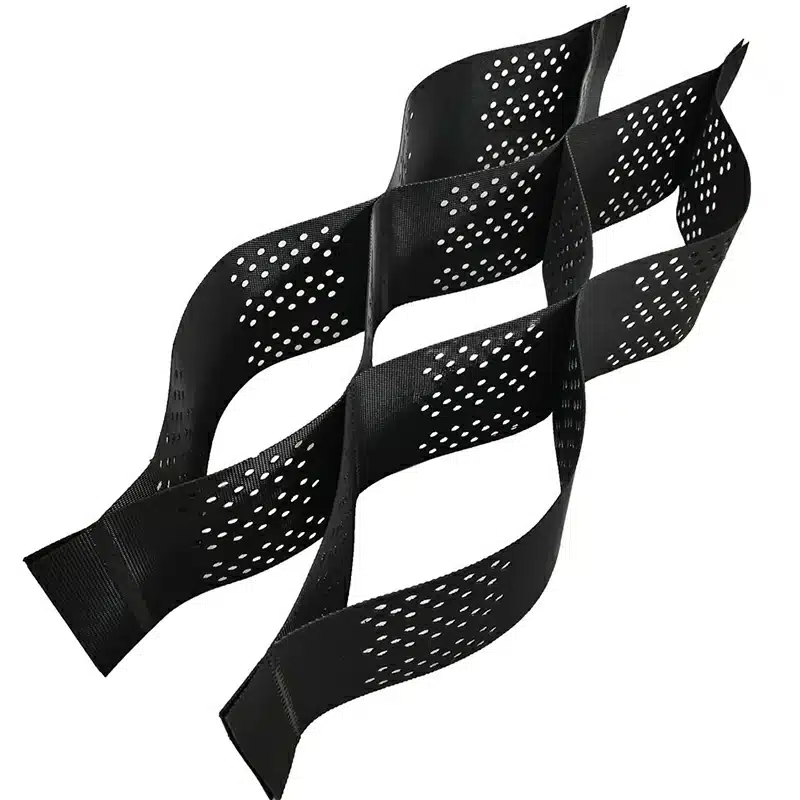
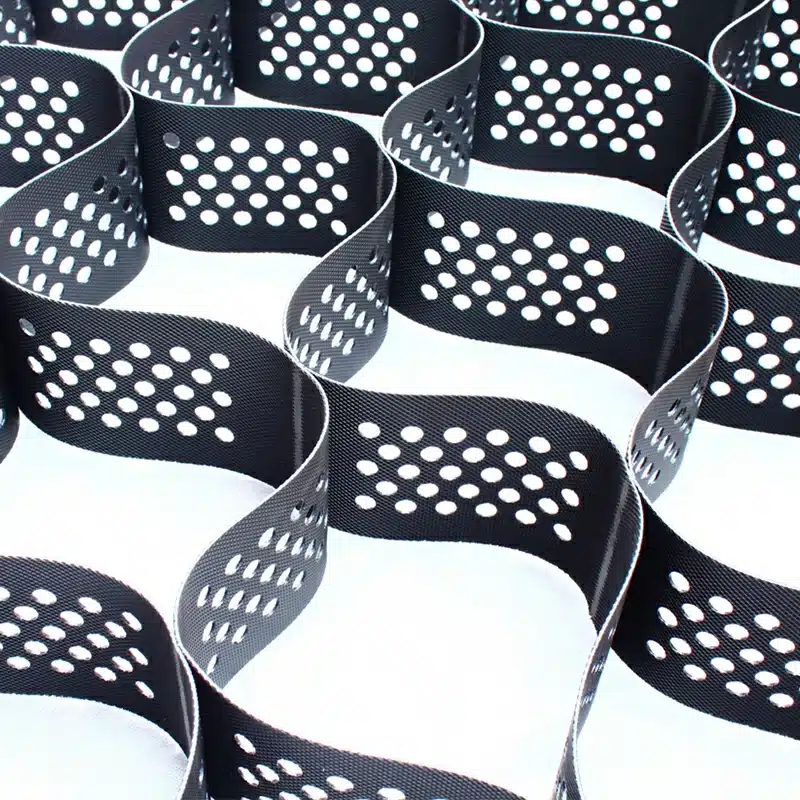
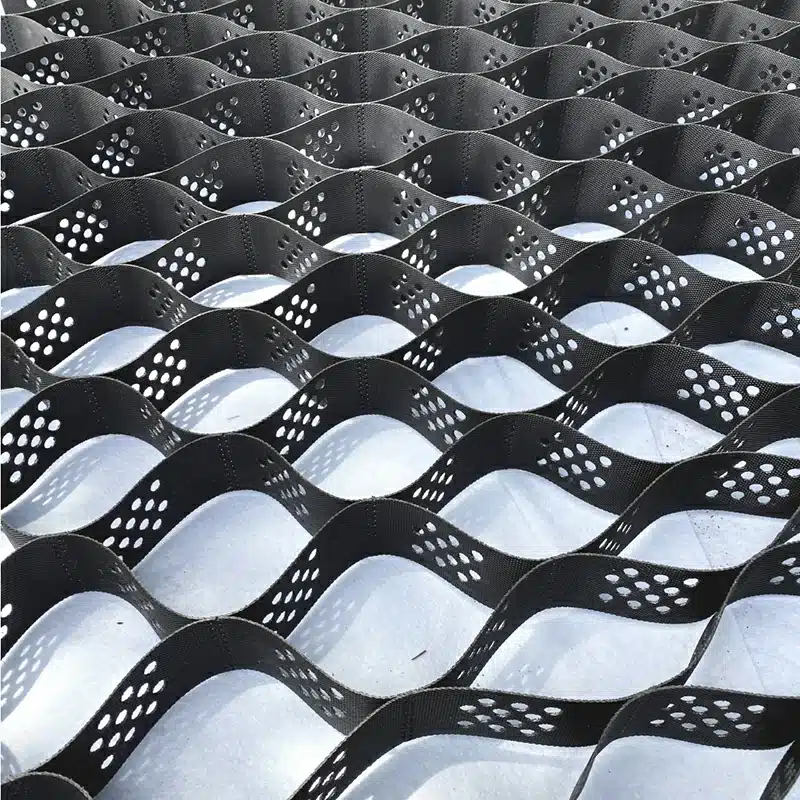
Get Free Sample
We’ll respond as soon as possible(within 12 hours)

